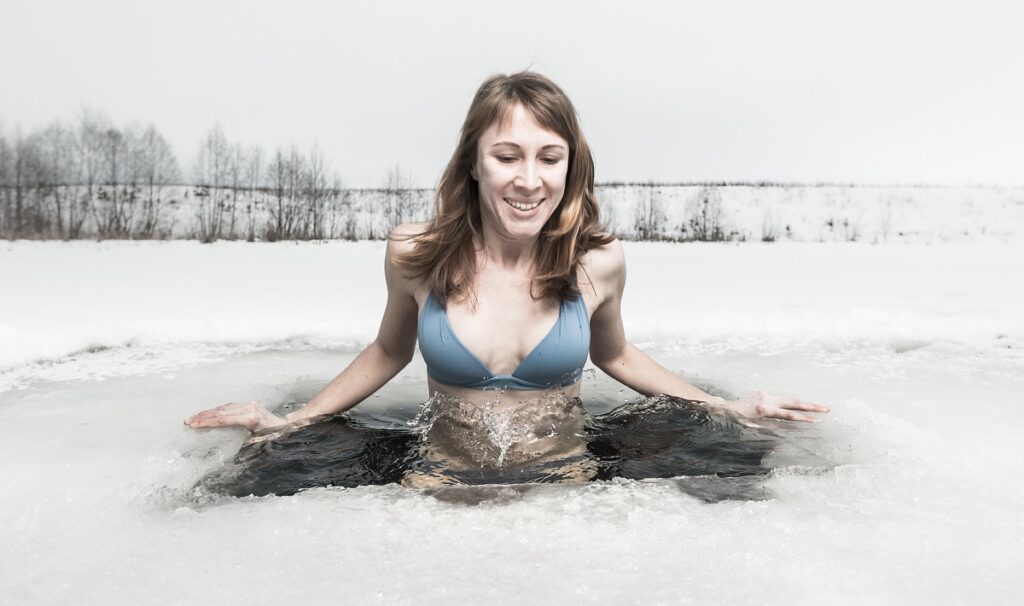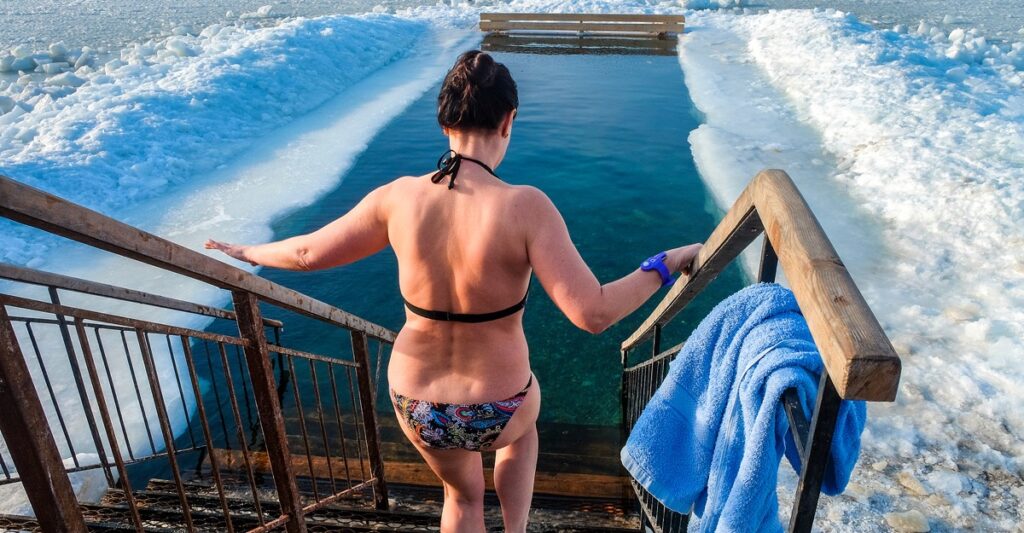Can Cold Plunging Improve Mental Health?
In recent years, cold plunging, also known as cold water immersion (CWI), has gained popularity among wellness enthusiasts, athletes, and even mental health advocates. The practice involves submerging the body in cold water for short durations, and proponents claim it brings a range of benefits—from improved physical recovery to enhanced mental well-being. But what does the science say about cold plunging and its potential impact on mental health?
The Science Behind Cold Plunging
Cold water immersion is not a new concept. Cultures around the world have used cold water therapy for centuries, often linked to invigorating health practices and rituals. Scientifically, cold plunging works by stimulating the body’s sympathetic nervous system, which is responsible for our “fight or flight” response. When you immerse yourself in cold water, your body releases stress hormones such as norepinephrine, which can lead to an increase in heart rate and alertness.
More importantly for mental health, cold plunging has been shown to increase the production of endorphins, often referred to as the body’s natural painkillers. These hormones contribute to a sense of well-being and can help reduce feelings of anxiety and depression.
Mental Health Benefits of Cold Plunging
- Reduces Stress and Anxiety
Cold water immersion triggers a physiological response that can help reduce stress. The initial shock of cold water forces the body to focus on survival, which can shift attention away from anxious thoughts. Regular exposure to this kind of acute stress may help the body become more resilient to stress over time, potentially reducing chronic anxiety. - Boosts Mood and Fights Depression
Endorphins released during cold plunging can have a powerful impact on mood. Similar to the “runner’s high” experienced after intense exercise, cold water immersion floods the body with feel-good chemicals. Additionally, cold exposure increases the production of norepinephrine, a neurotransmitter that is linked to mood regulation and may help combat depression. - Improves Mental Clarity and Focus
Cold water immersion stimulates the vagus nerve, which plays a role in reducing heart rate and promoting calmness after stressful events. This activation may also improve mental clarity and focus. Many individuals who practice cold plunging report feeling more mentally sharp and focused after their sessions. - Enhances Resilience
Regular cold plunging can help train the mind and body to handle discomfort and stress more effectively. The practice of exposing yourself to controlled discomfort can build mental resilience and discipline, which may translate to improved coping mechanisms for everyday stressors.
Cold Plunging for Anxiety and Depression: What Does Research Say?
While cold plunging is not a substitute for traditional mental health treatments, emerging research suggests it may be a valuable complementary therapy for some individuals. A 2008 study published in Medical Hypotheses found that cold showers can help reduce depressive symptoms in some individuals by sending electrical impulses to the brain that may promote alertness and feelings of positivity. Although this was a small study, it supports anecdotal evidence of cold exposure’s potential benefits for mental health.
Another study from PLOS ONE in 2018 found that cold water swimming in natural environments helped reduce symptoms of anxiety and depression in participants. While the immersion environment and activity type differ from a typical cold plunge, the findings suggest that cold exposure, in general, can have mental health benefits.
Safety Considerations
While cold plunging offers potential mental health benefits, it’s important to approach the practice with caution, particularly if you have underlying health conditions. Individuals with heart conditions or high blood pressure should consult a healthcare provider before engaging in cold water immersion. Additionally, cold plunging can be a shock to the system, so it’s recommended to start slow—perhaps with cold showers—and gradually increase exposure time and intensity.
People new to cold plunging should always start in a controlled environment, ensuring someone is nearby in case of any adverse reactions such as hypothermia or fainting.
How to Get Started with Cold Plunging
If you’re interested in trying cold plunging for its mental health benefits, here are a few tips to get started safely and effectively:
- Start with Cold Showers: If you’re not used to cold water immersion, begin by incorporating cold showers into your routine. Start with just 30 seconds of cold water at the end of a warm shower, gradually increasing the duration over time.
- Use a Cold Plunge Tub: If you’re ready for full immersion, you can invest in a cold plunge tub or use a bath filled with cold water and ice cubes. Start with short plunges of 30 seconds to 1 minute, and work up to longer durations as your body adapts.
- Breathe and Focus: Cold water immersion can be a shock to the system, so focus on deep breathing to maintain control and avoid panic. Controlled breathing can help regulate your body’s stress response and improve the overall experience.
- Consistency is Key: Like many wellness practices, the mental health benefits of cold plunging may be more noticeable with consistent practice. Start by incorporating cold plunges into your weekly routine and gradually increase frequency as you become more comfortable.
A Promising Tool
Cold plunging holds promising potential as a tool to improve mental health by reducing stress, enhancing mood, and increasing resilience. While more research is needed to fully understand the mechanisms and long-term effects, many individuals report positive mental health outcomes from regular cold water immersion. However, it’s essential to approach cold plunging with caution, particularly if you have any pre-existing health conditions. As with any wellness practice, it’s always a good idea to consult with a healthcare provider before incorporating cold plunging into your routine.


